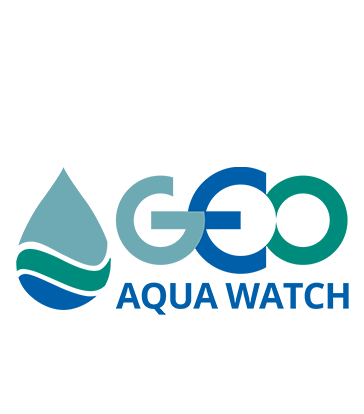We welcome submissions to this session CCS.117 Thermal imaging and visible to shortwave imaging spectroscopy for aquatic resources in the context of SDGs: 2, 6, 14, 15
Description: Enhanced understanding of the water cycle and water management practices are of critical importance for achieving multiple sustainable development goals (SDGs), in particular zero hunger (SDG 2), clean water and sanitation (SDG 6), life below water (SDG 14), and life on land (SDG 15). Remote sensing earth observations (EO) are poised to play a pivotal role in attaining these SDGs by facilitating the science, monitoring, and progress reporting required to meet these goals. In the 2017 Decadal Survey, the Surface Biology and Geology (SBG) mission concept was identified as necessary for addressing both scientific and applications across Earth systems. This forthcoming mission will consist of a visible to shortwave infrared (VSWIR) imaging spectrometer and a multispectral thermal infrared (TIR) imager, offering transformative insights into aquatic ecosystems and hydrology, which are essential for meeting SDGs. We welcome work that leverages the capabilities of VSWIR and TIR technology to advance the realization of these four key SDGs related to water resources and aquatic applications. Example research topics may include imaging processing, validation and calibration processes, water quality analysis, and habitat protection and restoration, and drought assessment across cryospheric and agricultural domains. In addition, we invite works centered on practical applications that explore how managers could utilize the combined capabilities of optical and thermal sensing to support aquatic ecosystem management and monitoring. These works should demonstrate the potential of integrating a variety of sensors, including, but not limited to imaging spectrometers (e.g., AVIRIS-NGs, EMIT, DESIS, PRISM), thermal imagers (e.g., ECOSTRESS, Landsat-TIRS), and visible multispectral sensors (e.g., Sentinel-2, Landsat).
The submission link is:
https://2024.ieeeigarss.org/




